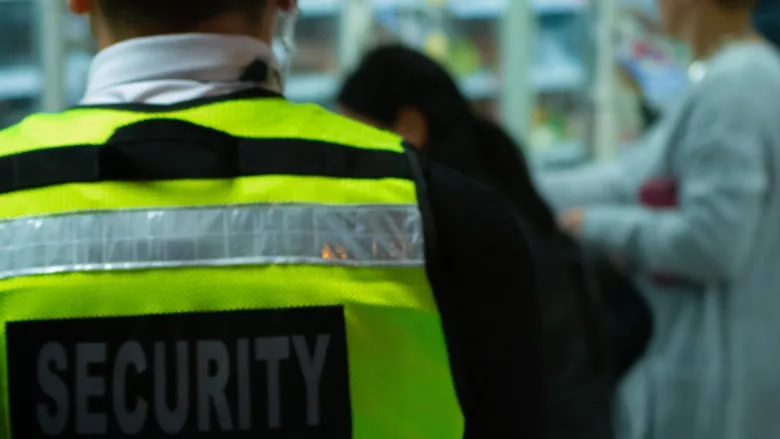How to mitigate the risk of a physical security breach

Image via Unsplash
While data breaches remain a concern for security leaders, physical breaches pose a number of risks to an organization. They place employees and potential visitors in harms way and may make it difficult for them to return after an incident. Incidents may also harm a companies' reputation, especially if the breach involves intellectual property. Depending on what's taken, a security breach may disrupt an organization for an extended period of time and delay business operations. Security leaders need to consider risks associated with their physical location and create plans to mitigate them.
To address the different risks of a physical security breach, HiveWatch recently released an eBook titled "5 Hidden Costs of a Physical Security Breach". The eBook highlights the costs associated with a physical security breach and emphasizes that security needs to remain a priority, even if an organization is forced to make budget cuts. The eBook also outlines three tools to address physical security breaches and mitigate risk.
The first tool, governance, focuses on building security infrastructure. It includes security policies, frameworks, procedures and operations for keeping the business running. This may involve visitor policies or guidelines on who has access to different parts of a building. According to the eBook, governance is where risk management is clearly defined for an organization. In the event of a breach, governance is what security leaders would look at to see what systems needed to change. If the security breach was caused by a lax visitor policy, security leaders can then adjust that policy as needed.
The second tool is culture, defined by the eBook as ideas, customs and social behaviors within an organization. This includes internal security campaigns such as educating employees on best practices. This is where security leaders can work with employees to make sure they feel safe and adequately trained to prevent and/or respond to a security breach.
Employee wellbeing should be a priority for security leaders, as it directly relates to employees feeling safe in the workplace. Employees feeling unsafe can lead to high turnover, which makes it difficult to train teams on how to prevent future incidents. It can also create security gaps if all necessary departments aren't filled properly, making it easier for a breach to occur.
The third tool is technology, which focuses on how organizations can effectively measure their security programs. This includes such as surveillance cameras and alarms to protect a physical location. It can also include mass communication technology that can notify employees of a breach so they can respond accordingly. According to the eBook, security leaders can use technology to ensure plans implemented in governance and culture are working properly. If there are staffing shortages, it can also help fill some of the gaps caused by a lack of personnel.
Governance, culture and technology all work together to protect an organization from a physical security breach. Security leaders should consider how every layer of their security measures interact to ensure their intellectual property remains protected and their employees feel safe within the workplace.
Looking for a reprint of this article?
From high-res PDFs to custom plaques, order your copy today!








